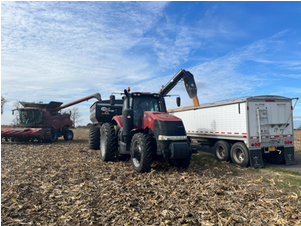
Corn is often harvested at grain moisture contents higher than the 15% moisture typically desired by grain buyers.

Corn is often harvested at grain moisture contents higher than the 15% moisture typically desired by grain buyers.
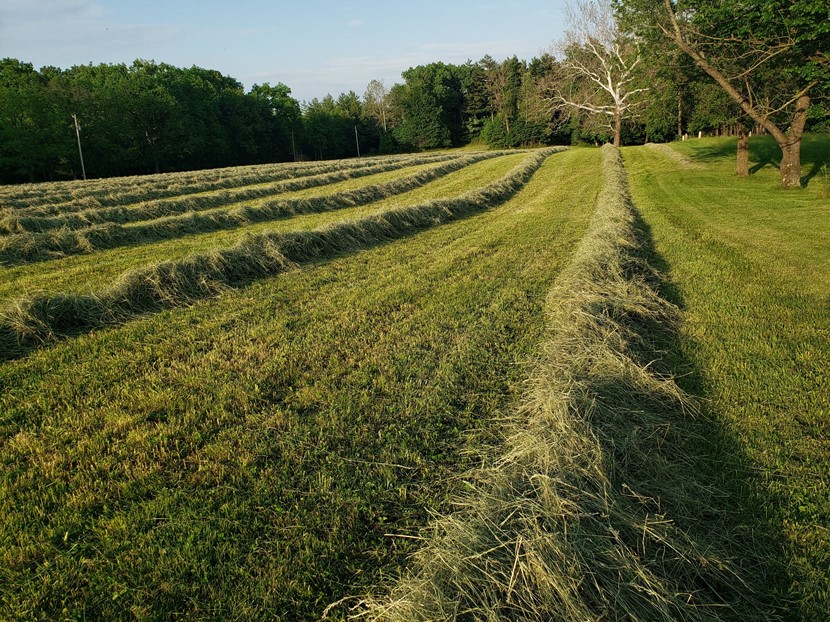
Managing forages for hay production requires much skill.
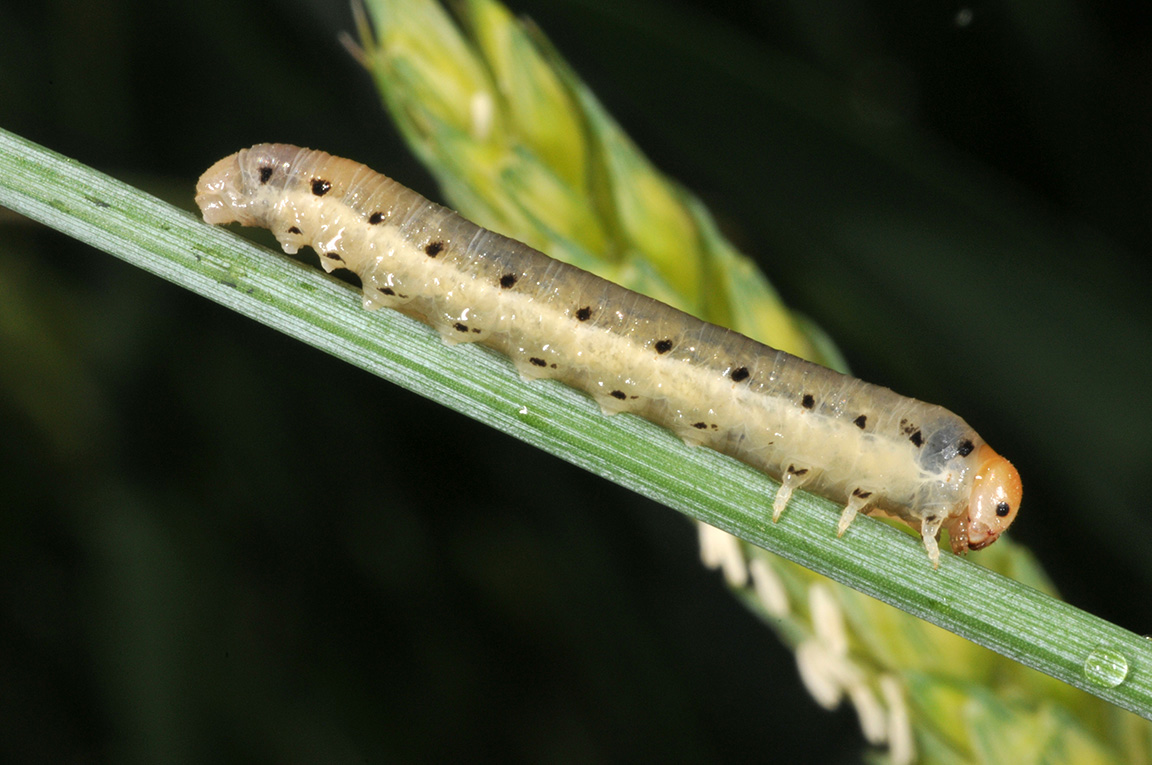
Small, caterpillar-like larvae, often confused with armyworm, can occasionally be found in wheat and some other grassy cover crops. These are not caterpillars at all, but are sawfly larvae, likely grass sawfly (Pachynematus sp.). Adult sawflies are insects with four wings that are distant relatives of the honeybee. They can be thought of as primitive wasps, but they do not have a stinger. The larvae are usually plant feeders and a few are pests of home gardens (rose sawfly or the confusingly named pear slug, for example). The sighting of foliage feeding sawfly larvae in wheat fields is infrequent in the Midwest. And although this species feeds on the leaves, it is minor pest. This is more of a curiosity than anything else, and an opportunity to learn the differences between different insect larval types – always fun! Full size larvae, about 1.25 inches, may feed on stems causing head[Read More…]
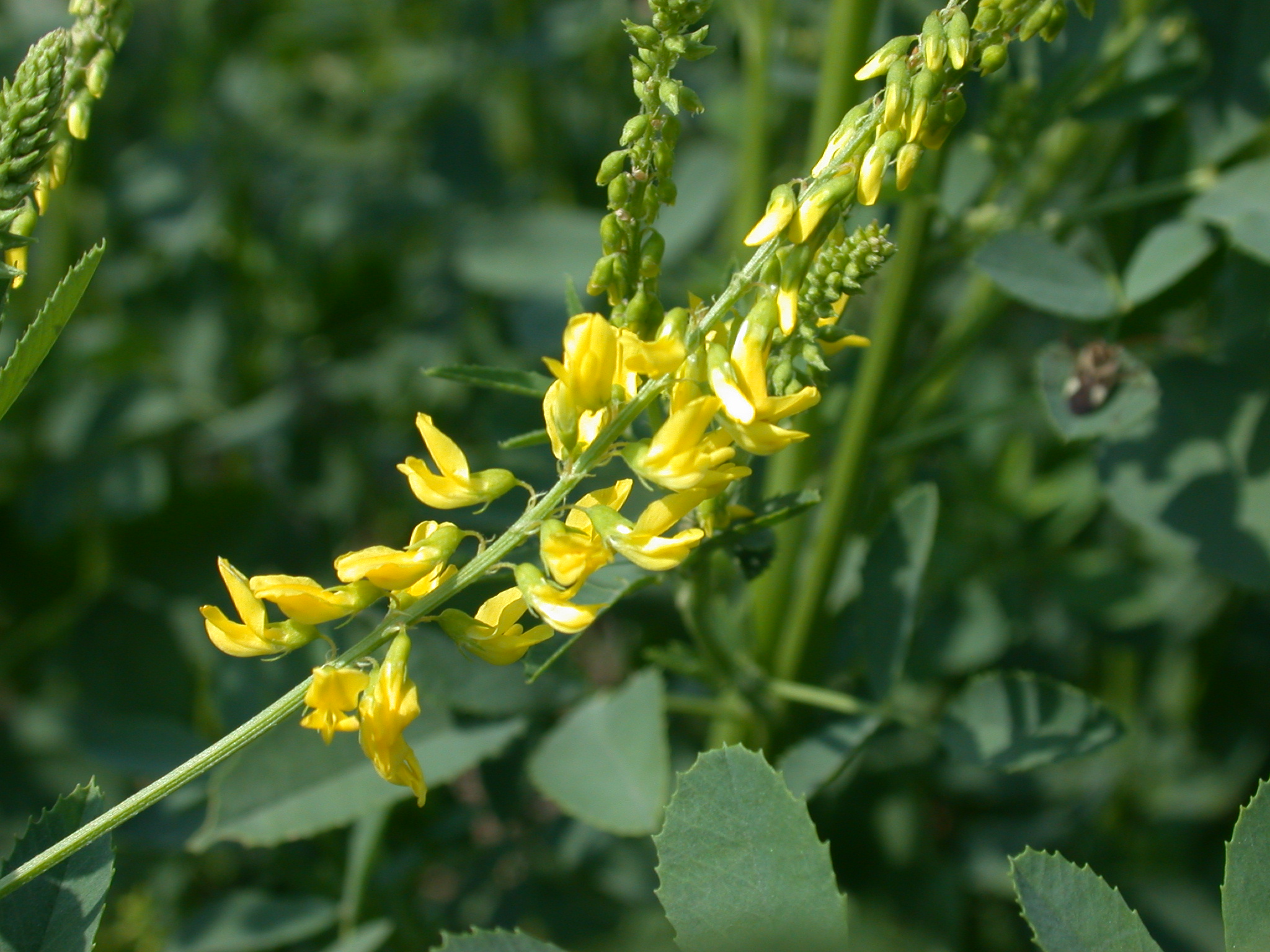
You don’t see birdsfoot trefoil in many Indiana pastures. This perennial legume is beginning to bloom now with obvious bright yellow-orange flowers.
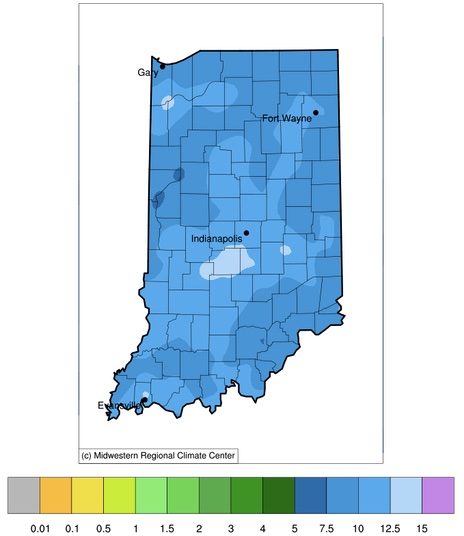
I have been seeing a lot of reports around the state about overly wet conditions with impacts such as running field tiles, high-leveled lakes and streams, field ponding, and difficulty getting into the fields for planting.
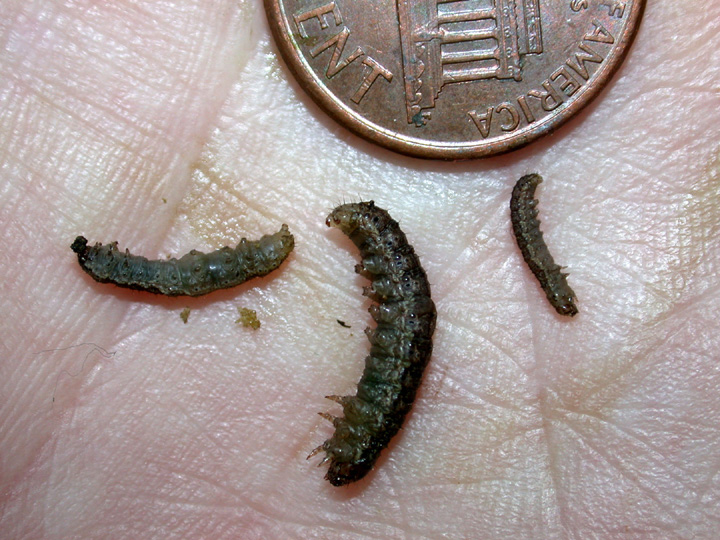
Could this be a cutworm year? Rainfall has delayed field work (e.g. weedy fields) and corn planting (i.e., lots of emerging corn).
The 2024 OISC Clean Sweep Pesticide Disposal participant form is attached and available via the OISC website at the link.
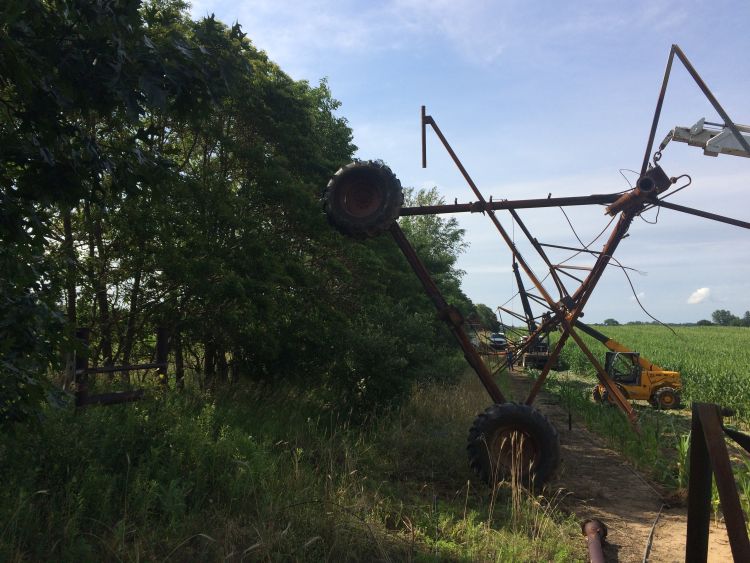
Running through a checklist of inspections and repairs for each irrigation system greatly improves the chance of being able to start irrigating the day the crop needs it.
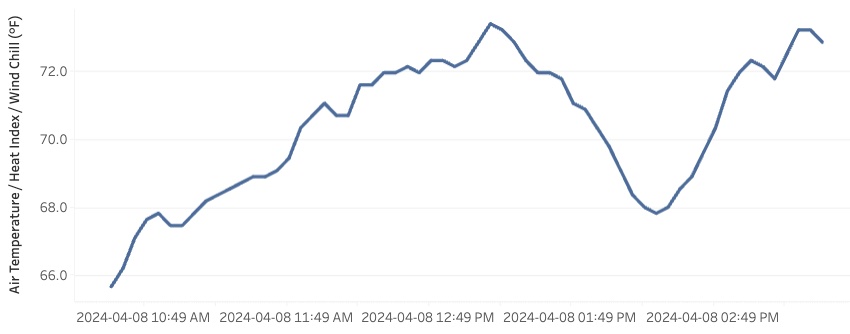
Something exciting happened this past Monday that many of you might be glad is over and no longer filling your news feed – the total solar eclipse.

There are a number of resources available for monitoring field crop diseases here in Indiana.
© 2025 Purdue University | An equal access/equal opportunity university | Copyright Complaints | Maintained by Pest&Crop newsletter
If you have trouble accessing this page because of a disability, please contact Pest&Crop newsletter at luck@purdue.edu.